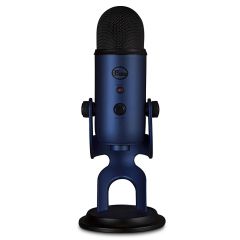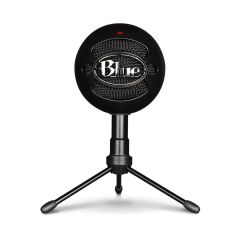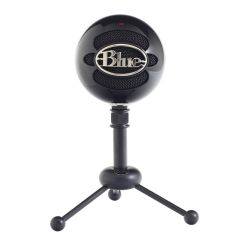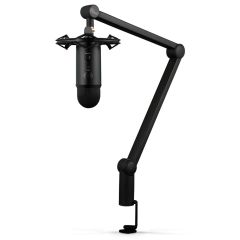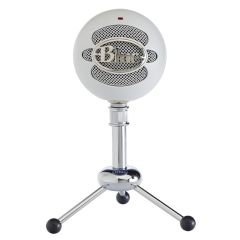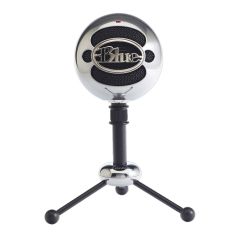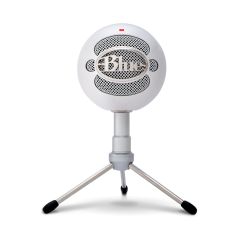
Yeti - Professional Multi-Pattern USB Mic for Recording & Streaming
The World's #1 USB Microphone
Create unparalleled recordings with your computer using Blue's best-selling Yeti family of USB microphones. Thanks to our proprietary tri-capsule technology, Yeti microphones produce pristine, studio-quality recordings with legendary ease. And four different pattern settings offer incredible flexibility so you can record vocals, music, podcasts, audio for video, interviews, or even cryptozoology lectures in ways that would normally require multiple microphones. Whether you're recording at home, on the road, or in the Himalayas, Yeti helps you produce studio-quality recordings every time.
Yeti for Any Application
From professional podcasting to music recording, gaming, and even audio for video, Yeti carries your projects to studio-quality heights.
Pattern Modes
- CARDIOID MODE
-
Perfect for podcasts, game streaming, vocal performances, voice-overs and instruments. Cardioid mode records sound sources that are directly in front of the microphone, delivering rich, full-bodied sound.
- STEREO Mode
- Uses both the left and right channels to capture a wide, realistic sound image—ideal for recording acoustic guitar or choir.
- Omnidirectional Mode
- Picks up sound equally from all around the mic. It’s best used in situations when you want to capture the ambience of "being there"—like recording a band's live performance, a multi-person podcast or a conference call.
- Bidirectional Mode
- Records from both the front and rear of the microphone—good for recording a duet or a two-person interview.
Total Recording Control with Yeti
Yeti features studio controls for headphone volume, pattern selection, instant mute and microphone gain—putting you in charge of every level of the recording process. If you’re experiencing distortion or feedback while recording an especially loud source—like the deafening sound of an avalanche—simply adjust the microphone's sensitivity with the gain control. Or if you want to take a break in the middle of a podcast, use the instant mute button.
The microphone comes equipped with a 3.5-millimeter headphone jack that allows you to listen to what you're recording in real-time, without latency delays—that means no more hearing a note 3 seconds after you played it. You can adjust the volume of your headphones using the control on the front of the microphone.
Innovative Design Makes Recording Easy
Yeti doesn’t mind getting pushed around—it lets you adjust and pivot the microphone in relation to the sound source, which optimizes your sound quality. Once you’ve achieved the desired angle, simply hand-tighten the set knobs to secure it in place. Yeti is a side-address microphone, so you can capture the best sound by going face-to-face with it. The microphone can also be folded down for easy portability, or removed completely from its base for mounting directly on a mic stand or Radius II shockmount.
Hassle-free Setup
Simply plug Yeti into your computer's USB port with the included USB cable, calibrate it with your operating system, and you're ready to record—rain, shine or snow. Yeti offers driver-free operation, while the Yeti Pro requires easy-to-install drivers, available from Blue.
Yeti is compatible with Windows 10, Windows 8 (including 8.1), Windows 7, Windows Vista, Windows XP (Home and Professional), and Mac OS X (10.4.11 or higher), and requires a minimum of 64 MB of RAM*.
The Yeti USB Microphone is backed by a two-year limited warranty.
Start Recording Quickly
Who needs a learning curve? Yeti was designed with a convenient, no-hassle workflow in mind. Set up in seconds with the included desktop stand or connect directly to a mic stand. Adjust microphone gain, pick up pattern, headphone volume, or mute/unmute with easy-to-reach controls. And record in comfort with Yeti’s side-address operation—just speak, sing or play into the Yeti on the same side as the Blue logo to capture pro sound.
The Yeti is a side-address microphone. A side-address microphone accepts sound from an angle perpendicular to the mic—as opposed to a front-address mic, which accepts sound from the “end” of the microphone.

















